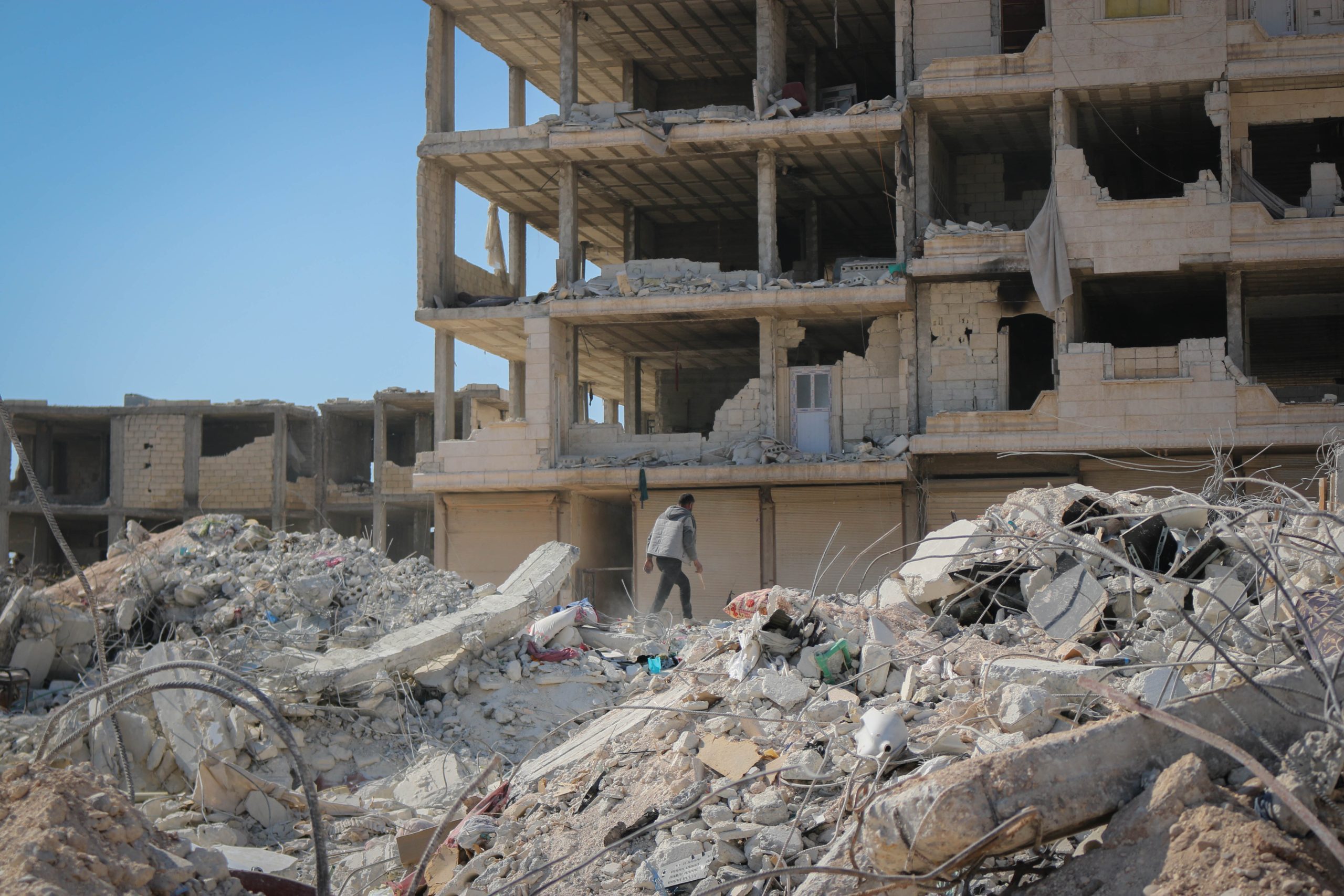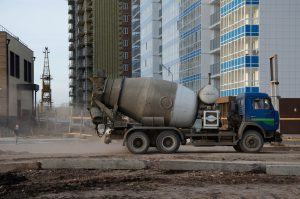Disaster relief housing is becoming more essential as we face the effects of climate change. Disaster strikes without warning, leaving communities devastated and in dire need of immediate relief. One of the most pressing challenges in the aftermath of such events is providing safe and durable housing to those affected. Traditional construction methods often prove time-consuming, costly, and impractical in these situations. However, emerging technologies, such as 3D printing, are revolutionizing disaster relief efforts. We will explore the role of 3D printing in providing innovative housing solutions during times of crisis, its advantages, limitations, and the impact it has on affected communities.
Why 3DCP Excels in Disaster Relief Housing?
Rapid Deployment of Shelters
Traditional construction methods require significant time, resources, and skilled labor to build houses. However, 3D printing technology enables the rapid deployment of shelters in disaster-stricken areas. By utilizing large-scale 3D printers, houses can be constructed quickly and efficiently using various materials like concrete, clay, or recycled materials. These printers follow computer-generated designs to layer materials, resulting in sturdy and reliable structures.
The speed of 3D printing technology allows relief organizations to respond promptly to emergencies, providing immediate shelter to displaced individuals and families. 3DCP differs from other disaster relief housing options as it is also a long term solution and also serves as a foundation for long-term recovery.
Cost-Effectiveness and Affordability
Disaster relief efforts often face budget constraints, making cost-effectiveness a critical factor. 3D printing presents a cost-efficient alternative to traditional construction methods. The reduced labor requirements, streamlined production processes, and utilization of locally available materials significantly lower construction costs. Moreover, 3D printing enables customization, ensuring that houses can be tailored to the specific needs of the affected community.
Affordability is another vital aspect of disaster relief housing. Many 3D printed shelters are designed to be affordable for low-income populations, who are often disproportionately impacted by natural disasters. By leveraging 3D printing technology, relief organizations can provide cost-effective housing options that are both durable and livable, ensuring a more equitable recovery process.
Design Flexibility and Innovation
The versatility of 3D printing technology allows for unprecedented design flexibility and innovation in disaster relief housing. Traditional construction methods often restrict design options due to limitations in available materials and techniques. However, with 3D printing, intricate and unique architectural designs can be easily realized.
This technology also offers the potential for on-site customization. Relief organizations can adapt and modify designs to accommodate specific cultural, climatic, or geographical requirements. This flexibility enables the creation of housing solutions that align with the preferences and needs of affected communities, fostering a sense of ownership and dignity in the recovery process.
Sustainable and Eco-Friendly Solutions
3D printing in disaster relief housing also contributes to sustainable and eco-friendly solutions. By utilizing locally available materials and optimizing resource usage, 3D printing minimizes waste and reduces the environmental impact. Additionally, 3D printed houses can be designed with energy-efficient features, such as improved insulation, passive cooling, and solar panel integration, further reducing their carbon footprint.
Furthermore, 3D printing technology enables the use of recycled materials, including plastic waste and construction debris, which helps mitigate the environmental damage caused by disasters themselves. By promoting circular economy principles, 3D printing not only addresses the immediate housing needs but also supports long-term sustainability goals.
Conclusion
In conclusion, 3D printing technology is revolutionizing disaster relief efforts by providing innovative housing solutions. Its rapid deployment capabilities, cost-effectiveness, design flexibility, and sustainability make it a powerful tool for addressing the housing challenges faced during and after natural disasters. By leveraging this technology, relief organizations can respond quickly, provide affordable housing options, foster community engagement, and contribute to a more sustainable recovery process. Printerra is looking to not only change the world with affordable housing, but assist in disaster rebuilds.
While 3D printing in disaster relief housing has shown great potential, it is important to acknowledge its limitations, such as scalability and the need for skilled operators. However, ongoing advancements and research in this field continue to address these challenges, paving the way for a future where 3D printing plays an even more significant role in building resilient communities worldwide.



